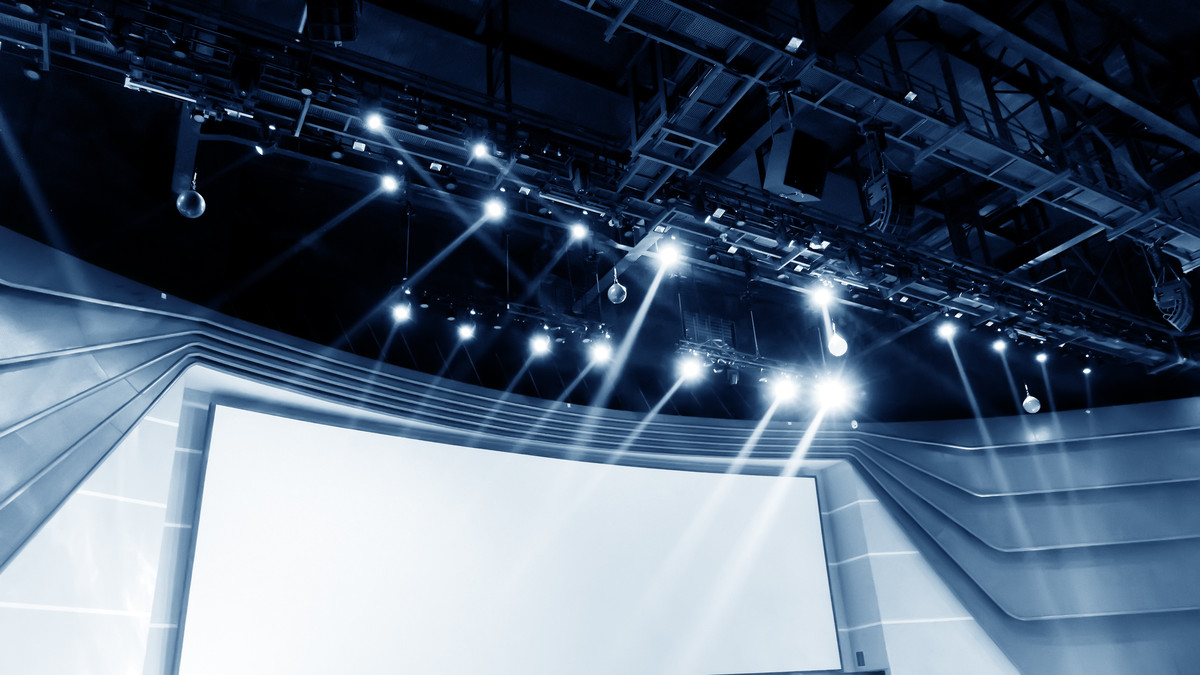Projection mapping was launched by brands like Disney and Universal Studios, which used light and sound to infuse magic into their theme park and movie attractions. Later, entertainment brands incorporated the technology into movie premieres, product launches and pop-up events designed to delight fans. Today, a wide variety of businesses are focused on bringing their customer experience to life in new and creative ways—and high lumen laser projectors are making immersive experiences a reality for both large and small venues. If you’re just getting started with projection mapping and high lumen laser projection, here are five best practices to keep in mind from the world’s top entertainment brands.
Bring your space to life
Projection mapping can bring any space to life with kinetic art, whether it’s the outside of a building or the contours of an interior space. Building columns, floors, ceilings and irregular projection surfaces can all be turned into part of the visual experience. When designing a projection-mapped experience, think creatively about the physical space you’re going to be using. Projection mapping allows you to “paint” images onto any surface, wrapping around corners and fitting to the most unusual fixtures. It’s even possible to blend the edges of multiple images to create very large projections. Incorporating elements of the physical environment helps wow audiences with your final production.
Use light and sound to create an immersive environment
Projection mapping relies on using light to help bring images to life, and the top entertainment brands know the possibilities don’t stop there. Images, video, animation, music and soundtracks can all be blended together for greater impact. Engage multiple senses to pull your audience in to the experience—find ways to incorporate motion into your imagery or set your video to a soundtrack. Simple steps can create a fully immersive environment and help you tell a more interesting story.
Leverage the cost savings
One reason projection mapping is so popular in the entertainment industry is that it’s easy to change. Whether you’re rotating through a variety of projected advertisements in a store or displaying a changing series of images as part of a customer experience, it’s easy to do with projection mapping. All it requires is an updated design file. Companies can eliminate the expense and hassle of designing custom event displays. Reimagining and reinventing a space—or providing different experiences in the space of a few minutes—is as simple as turning on your projector.
Drive your audience toward an action
Often, the immersion and visuals created by projection mapping seems like it’s strictly for entertainment. However, brands have used it creatively to encourage and convince audiences to take a specific action. Consider, for example, how nightclubs use projection mapping to draw guests onto the dance floor. Art galleries have a similar technique that uses trails of light to guide audiences to view specific pieces of art. Clarify your desired call to action, and then incorporate it into your event production.
Invest in high lumen laser projectors
High lumen laser projectors have made projection mapping possible and affordable for even the most niche brands. When paired with simple off-the-shelf software, it’s possible to design amazing experiences in-house. Today’s latest projectors deliver the bright, high-quality images that captivate audiences and make it easy to appreciate even the smallest details.
Whether you’re using projection mapping for a single experience or using it to bring your stores to life, look to the top entertainment brands for inspiration and best practices. High-lumen laser projectors let brands of all sizes create unforgettable experiences at an affordable price point.
![]()



